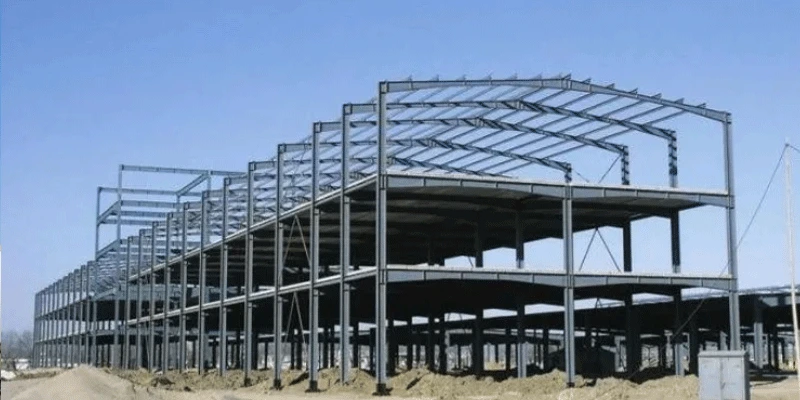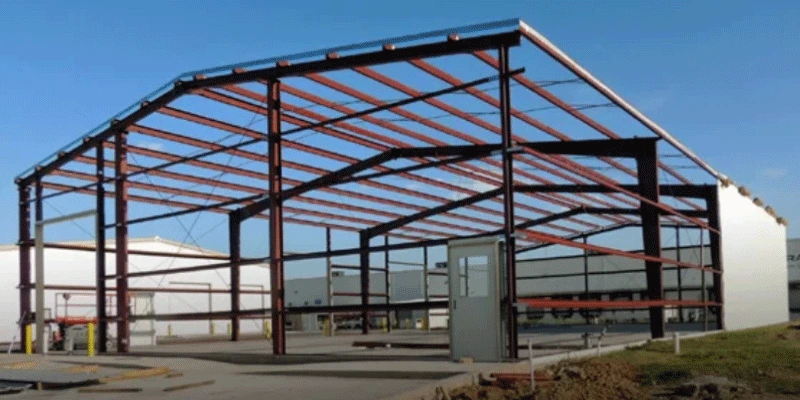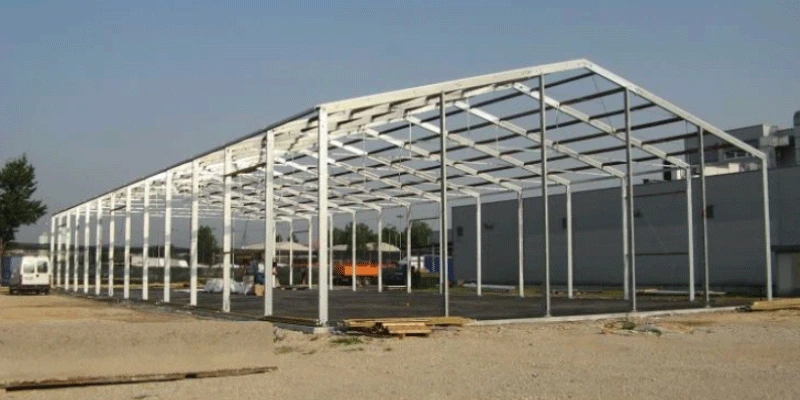Pre-Engineered Buildings (PEBs) have revolutionized the construction industry by offering faster, cost-effective, and highly customizable building solutions. These structures are designed, fabricated, and pre-assembled off-site before being transported to the construction site for final assembly. The growing preference for PEBs across various industries, from manufacturing plants to warehouses, reflects their numerous advantages. If you’re considering a new construction project or looking to upgrade your existing facilities, here are the key benefits of Pre-Engineered Buildings you should know.
1. Cost-Effectiveness
One of the most compelling reasons for choosing Pre-Engineered Buildings is their cost-effectiveness. Since PEBs are designed and fabricated in controlled factory environments, there is minimal wastage of materials, which leads to significant savings. The off-site manufacturing process also reduces labor costs because it eliminates the need for on-site manual work. Additionally, the speed of construction significantly reduces overall project timelines, which translates to lower labor and site management costs.
2. Faster Construction Time
PEBs are known for their rapid assembly. The primary structure components such as columns, beams, and roof panels are pre-fabricated in a factory, and once on-site, the structure can be assembled in a fraction of the time it would take for a traditional building. This speed is crucial for businesses aiming to start operations quickly. On average, a PEB can be constructed in about half the time of conventional buildings, ensuring that you can get your project up and running sooner.
3. Durability and Strength
PEBs are designed to be robust and durable. Made from high-strength materials such as steel, they are resistant to harsh weather conditions, corrosion, and extreme temperatures. The steel used in PEBs is carefully selected to provide excellent tensile strength and resistance to seismic forces, making these buildings a reliable choice in areas prone to earthquakes or high winds. Furthermore, the use of high-quality materials ensures longevity and minimizes the need for frequent repairs or replacements.
4. Customization and Flexibility
Pre-Engineered Buildings offer exceptional flexibility in design. They can be customized to suit a wide range of architectural styles, sizes, and functions, whether for industrial, commercial, or agricultural purposes. From the layout to the building’s height and the type of cladding, PEBs provide unparalleled versatility. You can also easily modify the structure later to accommodate changes in your business or operational requirements, such as expanding your facility or adding new sections.
5. Energy Efficiency
Energy efficiency is a critical consideration in modern construction, and PEBs offer a sustainable solution. The materials and design used in these buildings can be optimized for better thermal insulation. For example, insulated wall panels and roofs can help reduce the need for artificial heating and cooling, lowering energy consumption and utility costs. Additionally, PEBs can be equipped with energy-saving features like skylights for natural lighting, reducing the reliance on electricity during daylight hours.
6. Reduced Maintenance
Due to their durable materials and the fact that many components are factory-pre-finished, PEBs require less maintenance than traditional buildings. Steel, for example, is resistant to common issues like rot, termites, and warping, which are more prevalent in wooden structures. PEBs are also resistant to rust, and their paint systems are designed to withstand harsh weather conditions, ensuring that the exterior remains in good condition for many years with minimal upkeep.
7. Sustainability
PEBs contribute to sustainability by utilizing materials that are recyclable and environmentally friendly. Steel, a primary component of PEBs, is one of the most recycled materials globally, which means less environmental impact from resource extraction. Moreover, because these buildings are energy-efficient and reduce the use of non-renewable resources over time, they offer long-term environmental benefits. For businesses aiming for green certifications or those committed to reducing their carbon footprint, PEBs can be an excellent choice.
8. Adaptability to Different Locations
Another advantage of Pre-Engineered Buildings is their adaptability to a variety of terrains and climates. Whether the construction site is in an urban setting, a remote area, or a location prone to natural disasters, PEBs can be designed to withstand specific environmental challenges. The modularity of the design also makes it easy to transport and assemble the components on-site, even in locations with limited access to traditional construction resources.
9. Lower Maintenance Costs Over Time
The durability of PEBs significantly reduces the need for ongoing repairs and maintenance. Since they are designed to withstand tough weather conditions and do not suffer from common structural problems, PEBs can continue to perform well for decades. This results in lower overall maintenance costs, allowing businesses to allocate their resources elsewhere rather than spending money on frequent repairs or upgrades.
10. Enhanced Safety
Pre-Engineered Buildings are often safer than traditional structures. The precision with which the components are manufactured and the use of high-quality materials contribute to the overall safety of the building. Since PEBs are designed to be highly stable and secure, they offer improved protection against natural disasters such as earthquakes and hurricanes. Additionally, their rapid construction means fewer on-site workers and a reduction in the risks associated with prolonged construction periods.
Conclusion
Pre-Engineered Buildings offer a wide range of advantages that make them an excellent choice for businesses and individuals looking to invest in cost-effective, durable, and flexible structures. Their speed of construction, energy efficiency, and adaptability to various conditions make them an attractive option for projects of all sizes. Whether you’re building a warehouse, a manufacturing facility, or a commercial space, a PEB could be the solution you’re looking for. By choosing a Pre-Engineered Building, you’re not just opting for a building; you’re investing in a future-proof, sustainable, and low-maintenance structure that will meet your needs for years to come.



